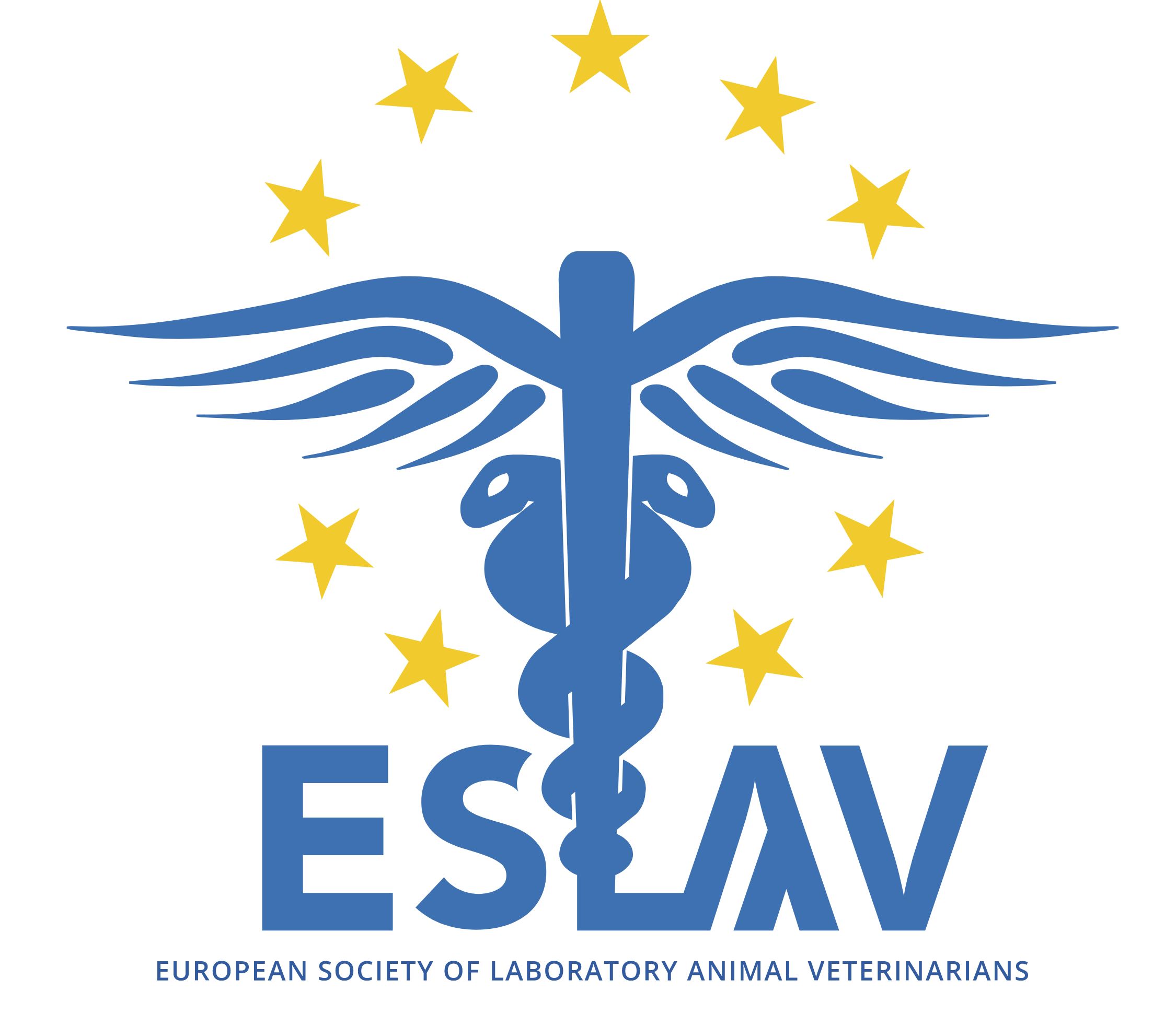Legislation & Guidelines
- Introduction
- ETS123
- FELASA Recommendations
- Inspection and Enforcement under Directive 2010/63/EU
- ESLAV/ECLAM/LAVA/EVERI recommendations for the Designated Veterinarian
The protection and welfare of animals is an area covered by a wide range of EU legislation. This includes the protection of wildlife, zoo animals, farm animals, animals in transport and animals used for scientific purposes. Animal studies, whether for the development or production of new medicines, for physiological studies, for studying environmental effects or for the testing of chemicals or new food additives, has to be carried out in compliance with EU legislation.
Since 1986, the EU has had in place specific legislation covering the use of animals for scientific purposes. On 22 September 2010 the EU adopted Directive 2010/63/EU which updates and replaces the 1986 Directive 86/609/EEC on the protection of animals used for scientific purposes. The aim of the new Directive is to strengthen legislation, and improve the welfare of those animals still needed to be used, as well as to firmly anchor the principle of the Three Rs, to Replace, Reduce and Refine the use of animals, in EU legislation. Directive 2010/63/EU will take full effect from 1 January 2013.
You can read the “European Convention for the Protection of Vertebrate Animals used for Experimental and Other Scientific Purposes” by clicking the link.
Guidelines
FELASA guidelines and recommendations (2012)
FELASA guidelines for the refinement of methods for genotyping genetically-modified rodents (2013)
Guidelines for accreditation of health monitoring programmes and testing laboratories (2010)
Guidelines for accreditation of health monitoring programmes and testing laboratories (Full Report)
Guidance paper for accreditation of laboratory animal diagnostic laboratories (1999)
Guidelines for continuing education for persons involved in animal experiments (2010)
Guidelines for education of specialists in LAS: category D (1999)
Guidelines for the production and nomenclature of transgenic rodents (2007)
Guidelines for the production and nomenclature of transgenic rodents (Full Report)
Guidelines for the veterinary care of laboratory animals (2008)
Guidelines for the veterinary care of laboratory animals (Full Report)
Recommendations
Recommendations for accreditation of laboratory animal science education and training (2002)
Recommendations for education and training: Category A – Revision (2010)
Recommendations for education and training: Category A – Revision (Full Report)
Recommendations for education and training: Categories A and C (1995)
Recommendations for education and training: Categories B (2000)
Recommendations for health monitoring of cats, dogs and pigs (1998)
Recommendations for health monitoring of experimental units of calves, sheep and goats (2000)
Recommendations for health monitoring of non-human primate colonies (1999)
Recommendations for health monitoring of rodent and rabbit colonies (2002)
Reports
Evaluation of quality systems for animal units (2004)
Pain and distress in laboratory rodents and lagomorphs (1994)
Principles and practice in ethical review of animal experiments across Europe (2007)
Principles and practice in ethical review of animal experiments across Europe (Full Report)
Report on accreditation of LAS education and training (2002)
Report of the FELASA working group on animal identification (2013)
Sanitary aspects of handling non-human primates during transport (1997)
Please find the guidance document on Inspection and Enforcement under Directive 2010/63/EU endorsed in October by the Member States. where ECLAM/ESLAV participated with guidance and expertise.
The document gives the Member States support with a structure and guidance on how to provide consistent and competent inspections of animal facilities for breeding, supplying and using animals.
The document promote a risk based inspection, using resources where best needed, but at the same time make sure all establishments are inspected regularly. It also describe the knowledge an inspector (supported by the guidance document on Education and Training) should possess to be able to do a competent inspection as well as acting as an advisor, sharing best practice.
The document, including appendices, can also function as a check-list for establishments and designated veterinarians when establishing good routines for maintenance and care, as well as for preparations before announced inspections.
The address to the document is
http://ec.europa.eu/environment/chemicals/lab_animals/pdf/endorsed_inspection-enforcement.pdf
Click here to see the publication

